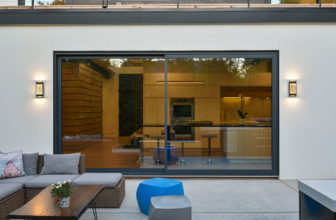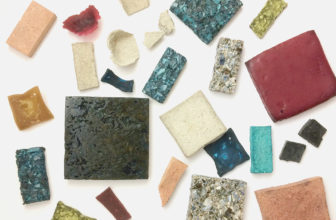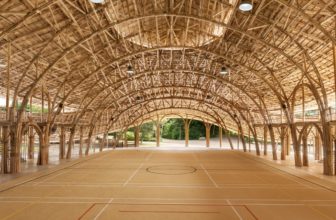Glass bricks came back into style with the start of the 2020s––the versatile material started out as a mediocre material before gaining acceptance in the 1980s as an essential material in residential buildings in particular for its characteristics; glass bricks offer an abundance of natural light without compromising privacy. In addition, glass bricks are not only visually appealing, but they also perform well regarding thermal insulation. These advantages encouraged the contemporary architects of our modern-day to reinclude glass bricks in a range of architectural styles and functions; they can be used as a construction material, in flooring, in facades, and many more applications!
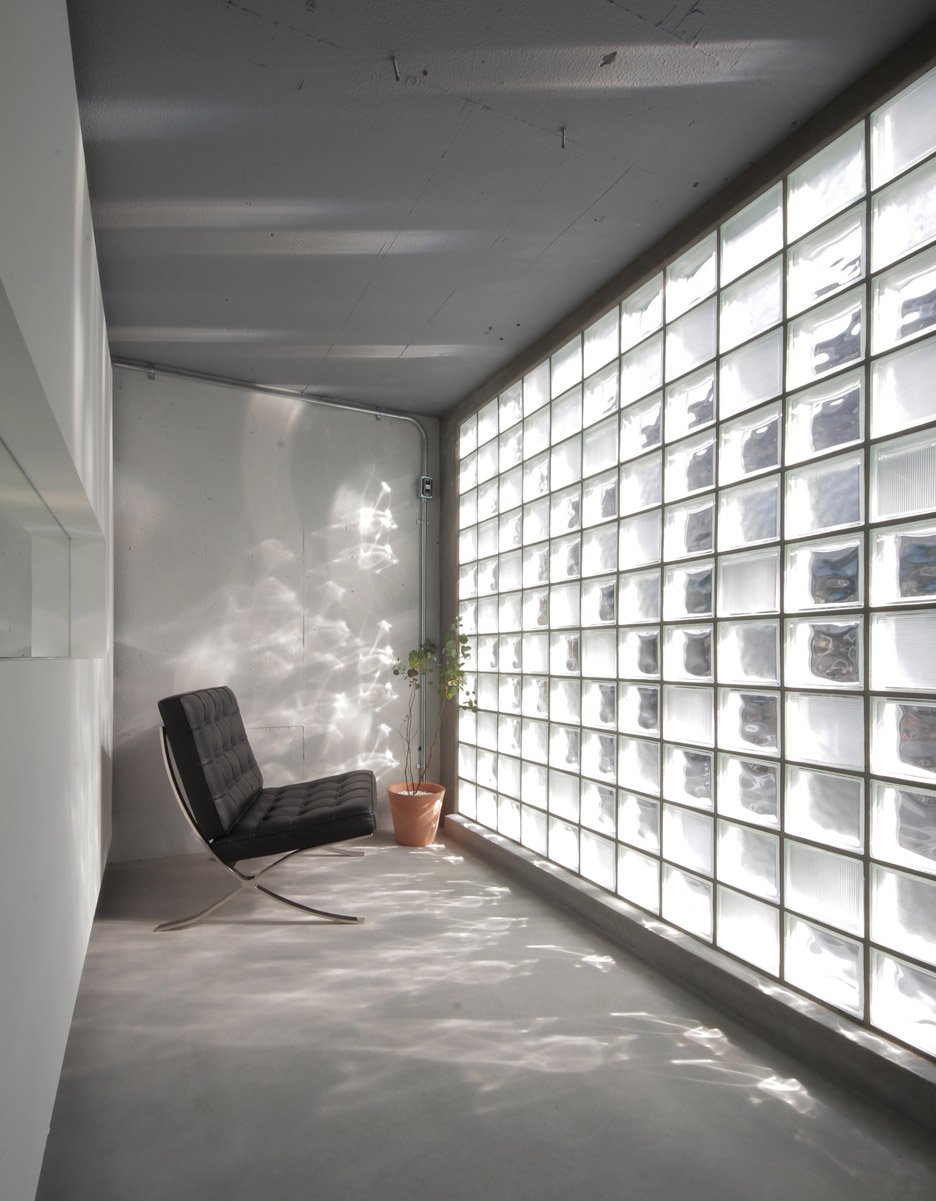
photography by Jun Murata
What is Glass Brick?
Glass brick, or alternatively known as glass block, is a construction and interior design material made from glass that is translucent enough to pass light through but maintains privacy.
The way glass bricks are processed is the reason behind their characteristics––two sections of glass are fused together into a single block with leaving a hollow center. Glass bricks can be any shape, and their sizes range from two to three inches thick, and their translucence can be altered to the desired level as well, with incorporating different colors or textures. These textures categorize glass bricks into different shapes, including clear glass bricks, wave, diamond, and quadra––each shape interacts with its surroundings of light and objects differently.
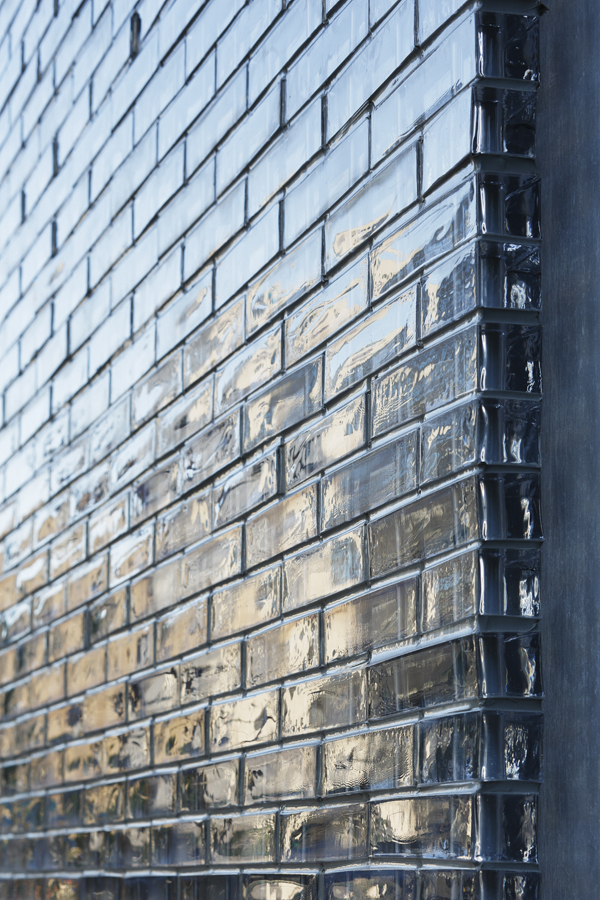
photograph by © Koji Fuji
Advantages of Glass Bricks
- Conserve energy.
- Highly thermal resistant.
- Versatile.
- Transmit 80% of light.
- Sound resistant.
- Fireproof.
- Cost-effective.
Applications and Examples of Glass Bricks in Architecture
-
Facades
The pixelated effect of glass bricks facades is one of its kind. These facades perfectly transmit light, but maintain privacy. Glass bricks can as well be more thermally resistant than conventional glazing. The way glass bricks facades soften and blend the views of the outside can increase calmness and focus, which are needed in office spaces or residential buildings. Moreover, LED lights can be incorporated into glass bricks resulting in a joyful aesthetic during the evening.
Optical Glass House | Hiroshi Nakamura & NAP
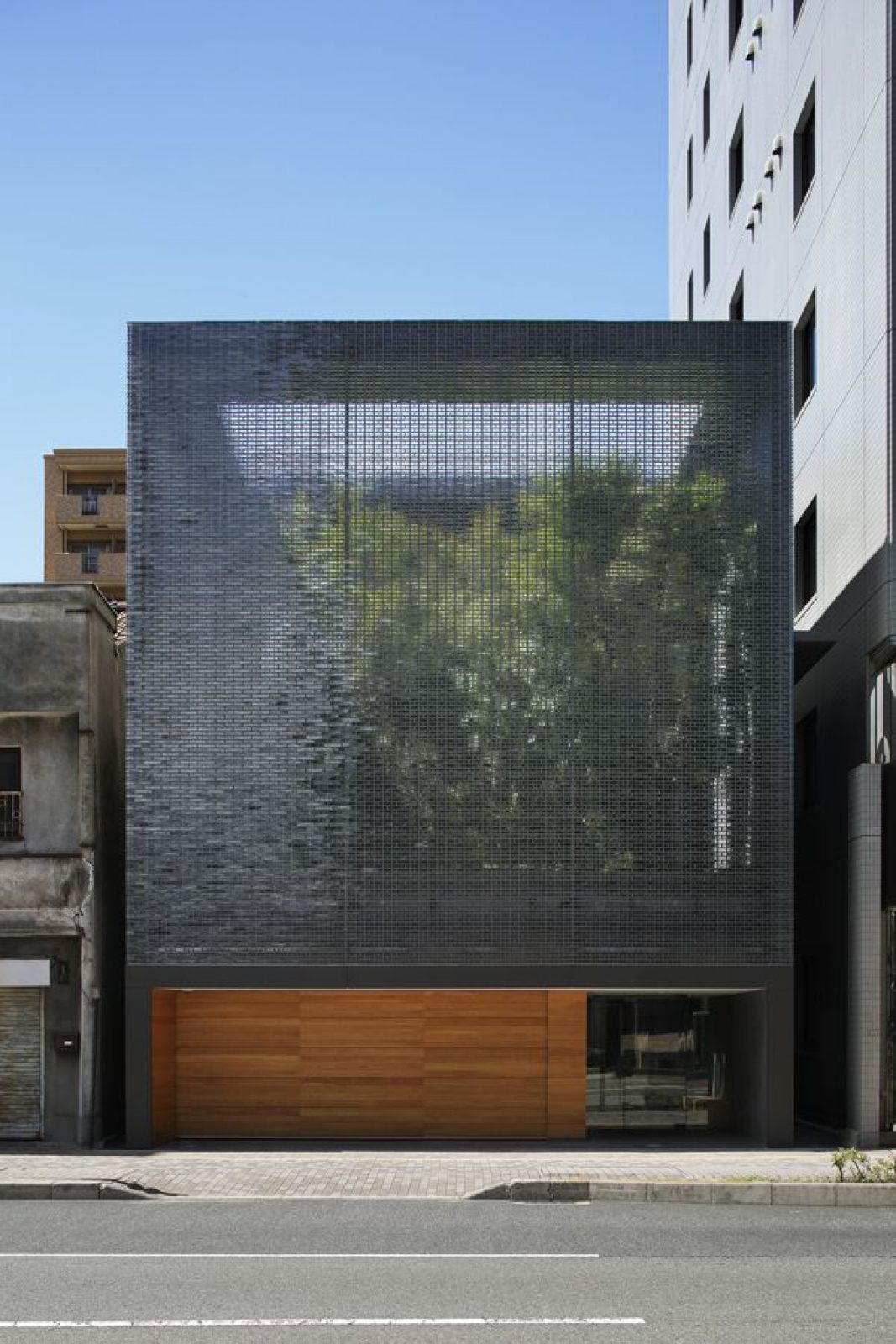
photograph by © Koji Fuji / Nacasa & Partners Inc
This house is located in downtown Hiroshima overlooking a street with many passing cars and trams, hence the architects chose glass bricks as a main element in the facade to bring nature into space without the unneeded noise and crowd.
-
Flooring
When installed into floors or pavements, glass bricks are alternatively named glass pavers. Economic-wise, glass bricks might not be the best choice for flooring, but they are extremely strong and scratch-resistant.
Glass bricks are arrayed in blocks and installed as panels, these panels are connected together using reinforces mortar, and they are supported by columns or beams from the surrounding structure. Because of the different types and amounts of load glass pavers are subject to, stronger glass bricks should be used in flooring.
Liège-Guillemins TGV Railway Station by Santiago Calatrava
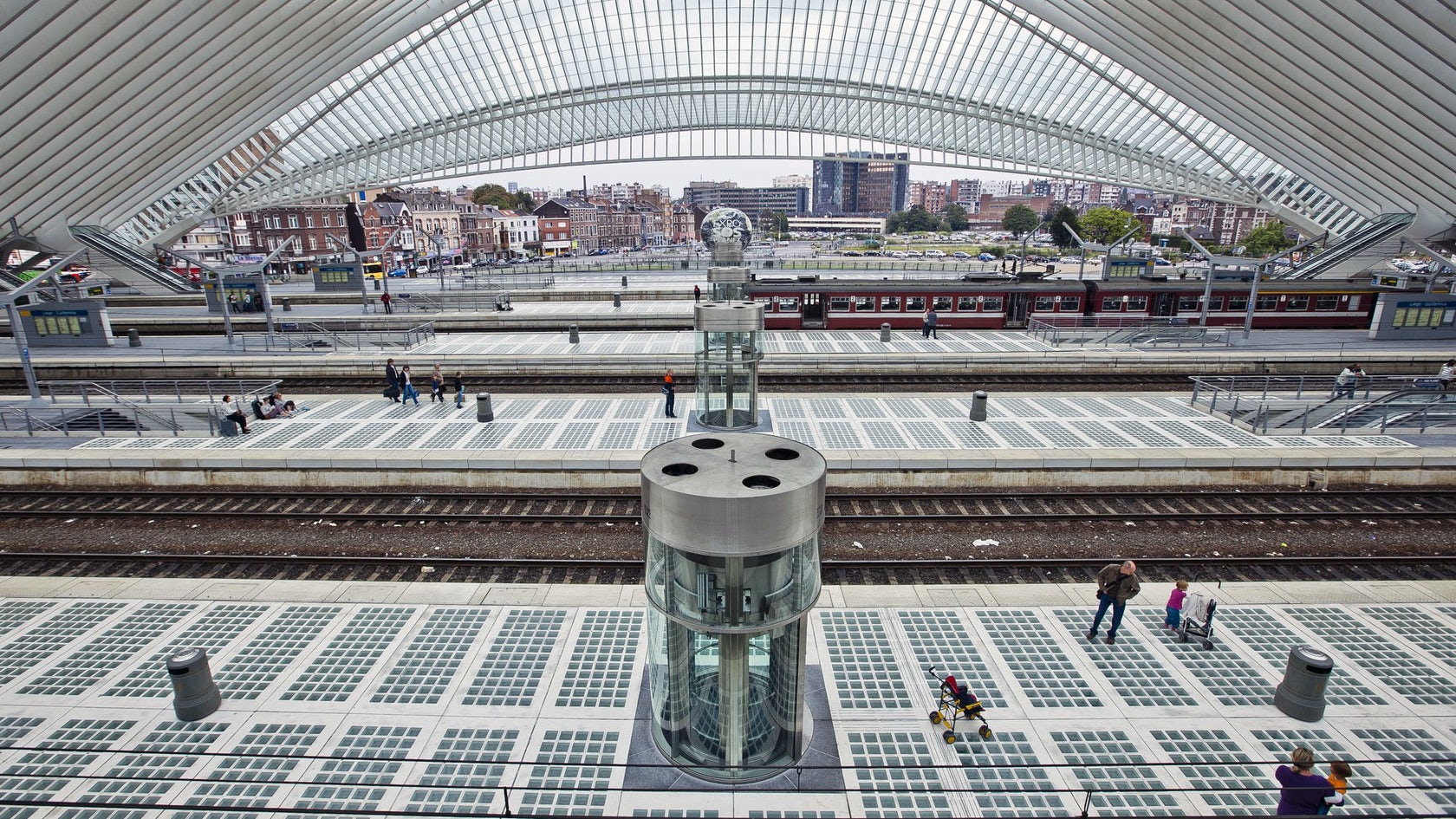
image via L’Echo
The -Liège-Guillemins TGV Railway Station by Santiago Calatrava is known for its long-span structure and awesome roof. The renowned architect wanted to express transparency in this high-speed train station, thus glass bricks were the perfect choice for flooring.
-
Interiors
Although associated with the neon unwelcoming interiors of the 1980s, glass bricks in contemporary architecture are a great addition to the interiors. They can be used to accentuate other materials or elements in the space or to create privacy without compromising the feeling of openness. However, using glass bricks with glossy finishes or cool-toned materials should be avoided to stay out of the previously mentioned neon atmosphere. In addition, interior designers advise breaking the blocks into smaller modules to soften the overall look.
The Siren Hotel by ASH NYC
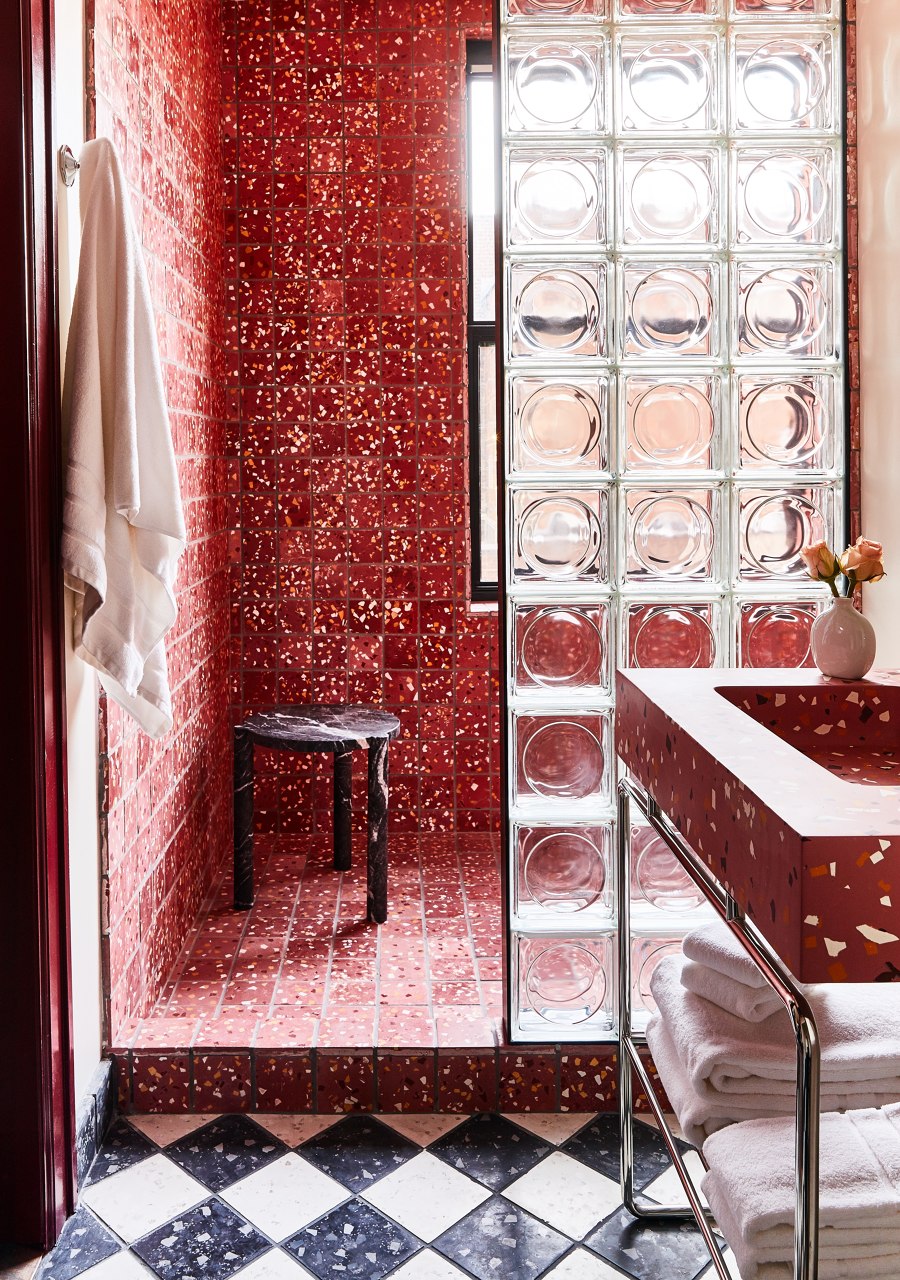
Courtesy of Christian Harder
Complementing the warm and clean color palette of this vintage hotel in New York, the architects incorporated glass brick walls in the bathrooms.
-
Landscape
Glass bricks can be used in various applications in landscape design––because it is strong and highly resistant to different effects, it is suitable for being used outdoors. Glass bricks can be used to edge walkways, build outdoor partitions, or build walls for ponds and pools––such addition will accentuate other materials and interact nicely with sunlight. Moreover, glass bricks can be used to build greenhouses due to their thermal performance.
The Glass Fortress by Archismith
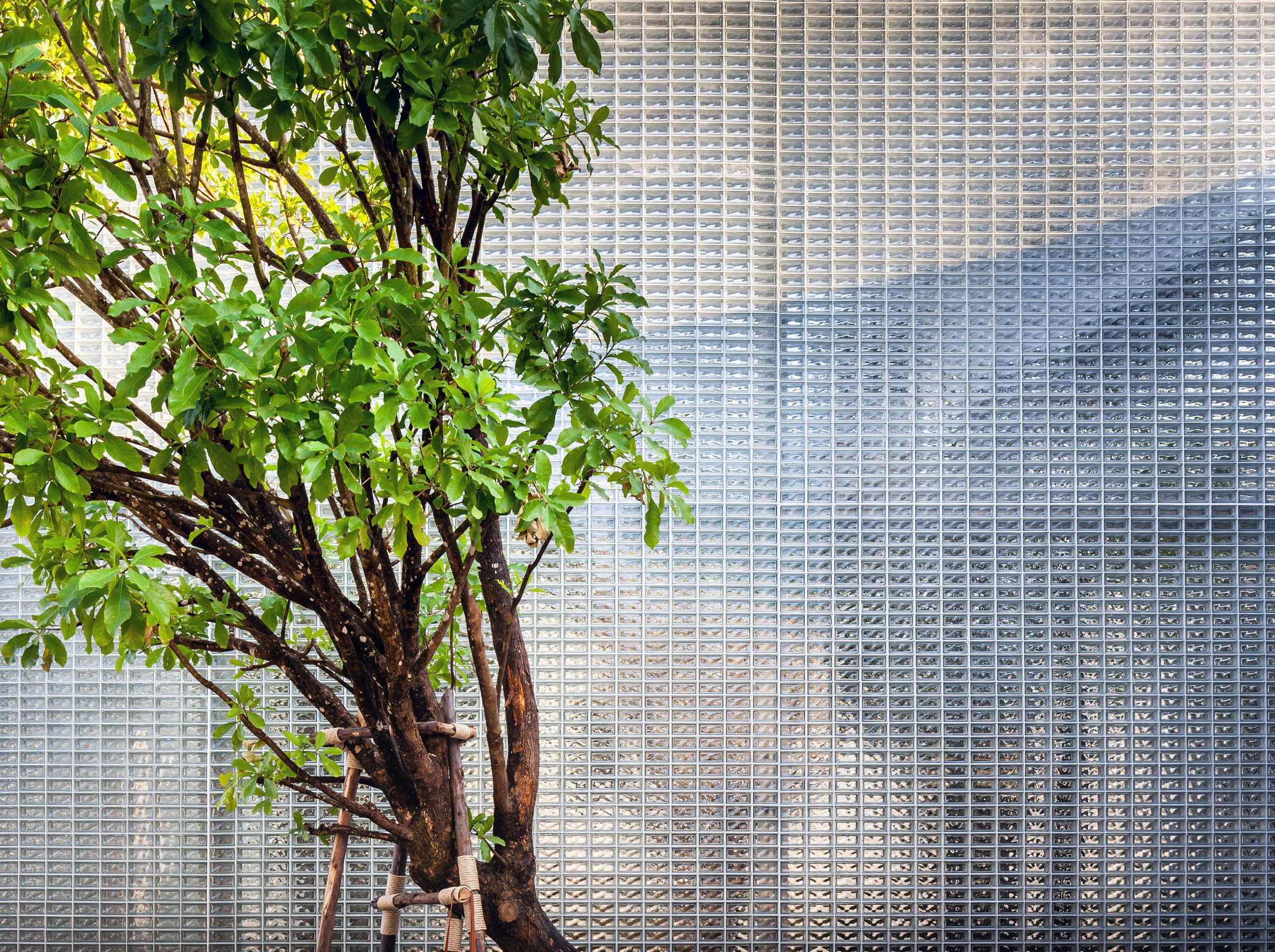
photography by Spaceshift Studio
In Bangkok, Thailand, a ‘secret garden’ is enclosed by a glass brick structure. The architects chose glass bricks to disconnect the garden from its surroundings while providing it with enough daylight and to reduce the claustrophobic feeling of the space.
Glass bricks can as well be installed into doors, windows, and skylights. Plus, with technological advancements, solar panels can be incorporated into glass bricks to harvest solar energy, making them environmentally friendly.



